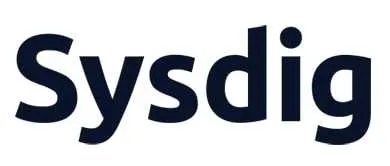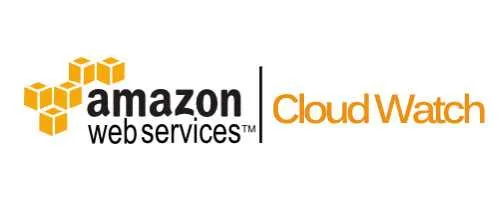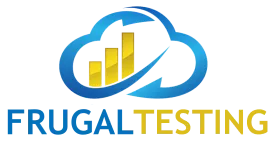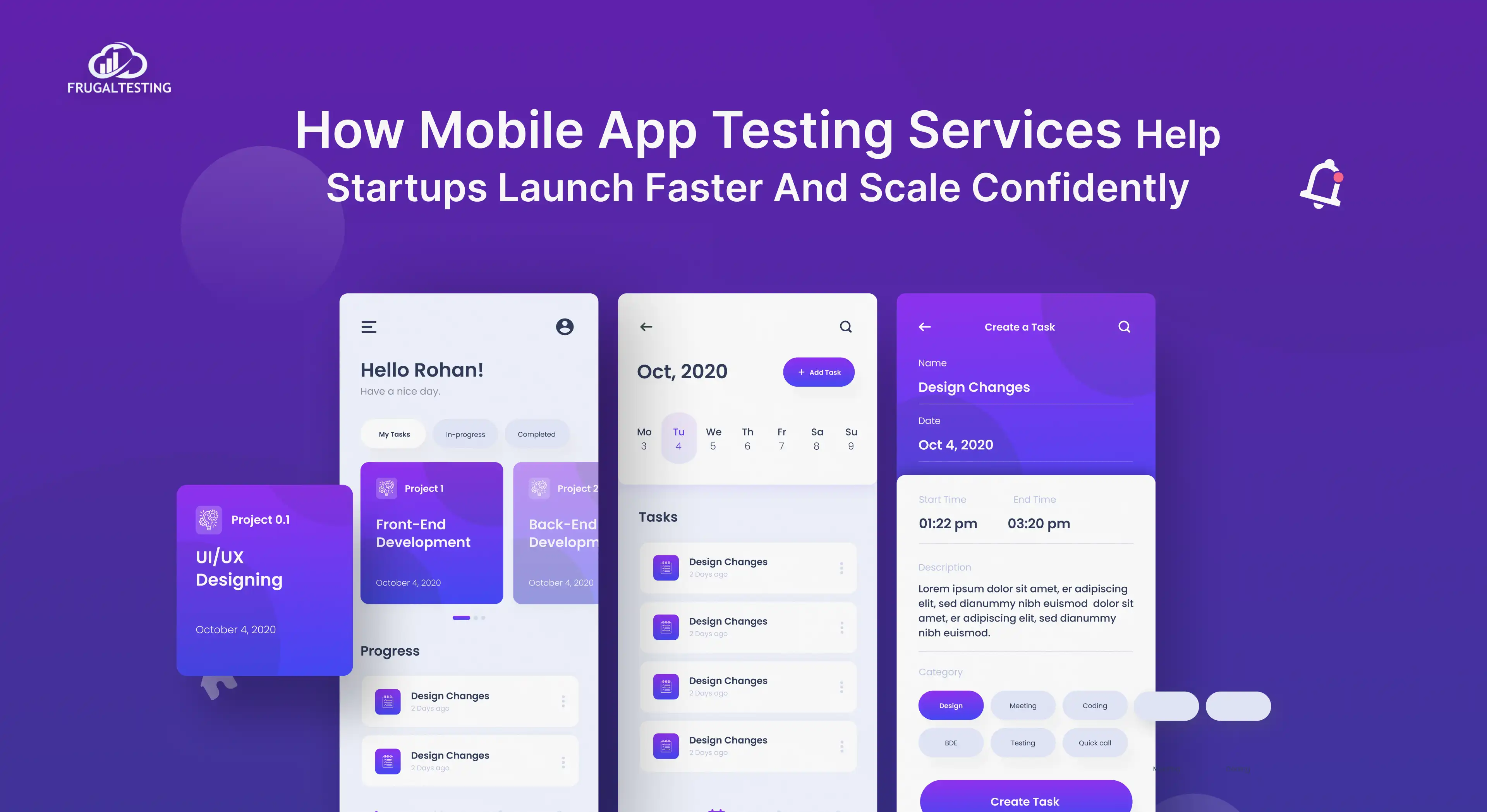DevOps is a set of practices that basically automate the processes between software development and IT Teams, in order that they can develop, test and release a more reliable software in a shorter time. To achieve this, DevOps has a fully packed toolbox, with tools ranging from Configuration Management to Integration Management to Delivery Management to Monitoring tools.
In this blog post, we will be discussing Top 22 monitoring tools. It can be easily argued that Monitoring tools are the most crucial and vital part of DevOps. They provide crucial information that helps you to ensure optimal performance. But with so many tools on the market, which tool is the best suited for your scenario is very difficult to identify.
To help you out in this, we have listed the top 20 monitoring tools in this article. These 20 monitoring tools are divided into 4 categories on the basis of the need they cater.
These categories are:
- Infrastructure Monitoring
- Application Performance Monitoring(APM)
- Aggregators
- Network Monitoring
Let’s begin with a detailed discussion on Monitoring Tools.
Infrastructure Monitoring
1. Nagios

Nagios is a powerful but traditional Monitoring tool for DevOps. It helps DevOps Team to find and correct problems within the network and infrastructure.
It provides complete Monitoring of Desktop and server operating system, Java Management Extensions, monitors components like applications, services, OS, and network protocols. Despite all the features this tool is not capable of handling changing DevOps environment.
Download Nagios
2. Zabbix

It is an Open-Source Monitoring Tool capable of monitoring a diversity of components like network, servers, virtual machines and cloud services. Like Nagios, Zabbix is also not capable of dealing with the dynamic nature of DevOps.
Download Zabbix
3. Sensu

Sensu is a modern open-source Tool and a good alternative to Nagios. This tool facilitates Cloud, Kubernetes, Infrastructure and Application Monitoring.
Download Sensu
4. Prometheus

Prometheus is an Open-Source Software used for event monitoring and alerting. It also monitors computer resources, storage and network but there is a catch. Prometheus is adapted to containers, which makes it adaptable to the dynamic nature of Infrastructure Monitoring.
Download Prometheus
5. SysDig

SysDig is a very powerful, cross-platform and a flexible system monitoring tool. It is used as a troubleshooting tool for Linux. It works for Windows and Mac OS but with limited functionality. It can also be used for system analysis, inspection and debugging.
Download SysDig
6. New Relic Infrastructure

This is an agent that provides flexible, dynamic server monitoring. One of the most different and exciting features of New Relic Infrastructure is that it runs efficiently in the cloud with complete transparency.
Download New Relic Infrastructure
7. AWS CloudWatch

IaaS vendors like Amazon have come up with a Monitoring tool called Amazon Cloud Watch. It is a part of Amazon Web Services (AWS) that provides monitoring for AWS resources and customer applications that are running on Amazon Infrastructure. It supports real time monitoring of AWS resources and automatically provides metrics for CPU Utilization, latency and requests count.
Download AWS CloudWatch
8. Google StackDriver

StackDriver was acquired by Google in 2014. StackDriver is a hybrid solution providing services for both Google Cloud and AWS Cloud environments. It is a freemium software, provides performance and diagnostics data to public cloud users.
Download Google StackDriver
9. Monit

Monit is a Open-Source tool designed specially for monitoring processes, files, directories and file systems on a Unix Systems. It monitors different services like FTP, Apache, MySQL, SSH etc. It conducts automatic maintenance, repair, and executes meaningful actions in error situations.
Download Monit
Application Performance Monitoring(APM)
APM tools helps you to monitor the bottlenecks with your Application’s framework. There are so many tools available in the market for monitoring application performance but we will be discussing major market leaders.
1. New Relic

It is one of the most popular and currently a reigning market leader and for a good reason. This tool helps you to pinpoint where and when bottlenecks are occurring. This tool quickly finds out the issues with a complete transaction details like methods call with in line numbers, any external dependencies for apps of any size and complexity. New Replica APM tool reduces the time to monitoring applications. It allows full-stack alerting. This tool provides services like monitoring external services, provides exact picture of dynamically changing system.
Download New Relic
2. Jenkins

Jenkins is a DevOps tool for monitoring repeated tasks. It helps to integrate project changes more easily by quickly finding the issues. This requires little maintenance and has a built-in GUI
Download Jenkins
3. Ganglia

Ganglia is a free and open-source tool. It offers grid and cluster monitoring capabilities. This tool is capable of handling cluster with 2,000 nodes.
Download Ganglia
4. AppDynamics

It is a great tool to monitor Java, PHP, .NET and Node.js applications. It helps to solve performance problems with the help of analytic- driven approach.
Download AppDynamics
5. Compuware APM

This tool makes it easy to monitor and optimize complex applications and provides complete insights with zero-configuration requirements. It facilitates user-experience monitoring.
Download Compuware APM
6. Boundary

Boundary is an APM tool aims at providing a clear picture of user experience, providing metrics like data transactions performance and user requests.
Download Boundary
7. Supervisor

This tool helps the team to monitor and control processes on a UNIX operating system. It provides users a single place to start, stop and monitor all the processes. Due to its development in python, this tool does not support compiling.
Download Supervisor
Aggregators
These tools aim at working at the next level by monitoring Data Aggregation and cross analysis.
1. Big Panda

This one of the different and out of the box tool. It helps understaffed IT Ops and NOC Teams to detect, investigate and resolve IT incidents faster and more easily.
Download Big Panda
2. Splunk

It is a next generation monitoring and analytics tool. It provides Data driven analytics with actionable insights.
Download Splunk
3. Scalyr

Scalyr is one such tool that helps to start monitoring and collect data without need to worry about infrastructure. It is a DevOps platform for high speed and centralized server monitoring and log management.
Download Scalyr
4. Sumologic

It is an aggregator tool that helps organizations to collect data, analyze and make sense of it. It aims at combining security analytics with integrated threat intelligence for advanced security analytics.
Download Sumologic
Network Monitoring
Tools under this category are responsible for monitoring network data.
1. Graylog

Graylog is a powerful log management and DevOps tool having many use cases for monitoring SSH logins and unusual activities. This tool records all the actions taken by a user or an administrator that make changes in the system.
Download Graylog
2. Icinga

This tool comes in 2 variants or we can say there are 2 available suites- Icinga and Icinga 2. DevOps engineer can select the best suite for their project. Icinga Tool is used to monitor network services, host resources and server components. In case of any issue, user is notified via email, text message or mobile message application
Download Icinga
You must be wondering why there are so many tools for monitoring? Is monitoring that important for a DevOps engineer?
The answer is Yes!! Monitoring is a vital part of software delivery. With Continuous delivery, integration and deployment directly impact how application providers need to monitor the software. With faster delivery to keep up users need in highly competitive environment , it is quite essential to monitor continuously to detect issues and remediate them as early as possible.



.webp)

%201.webp)

